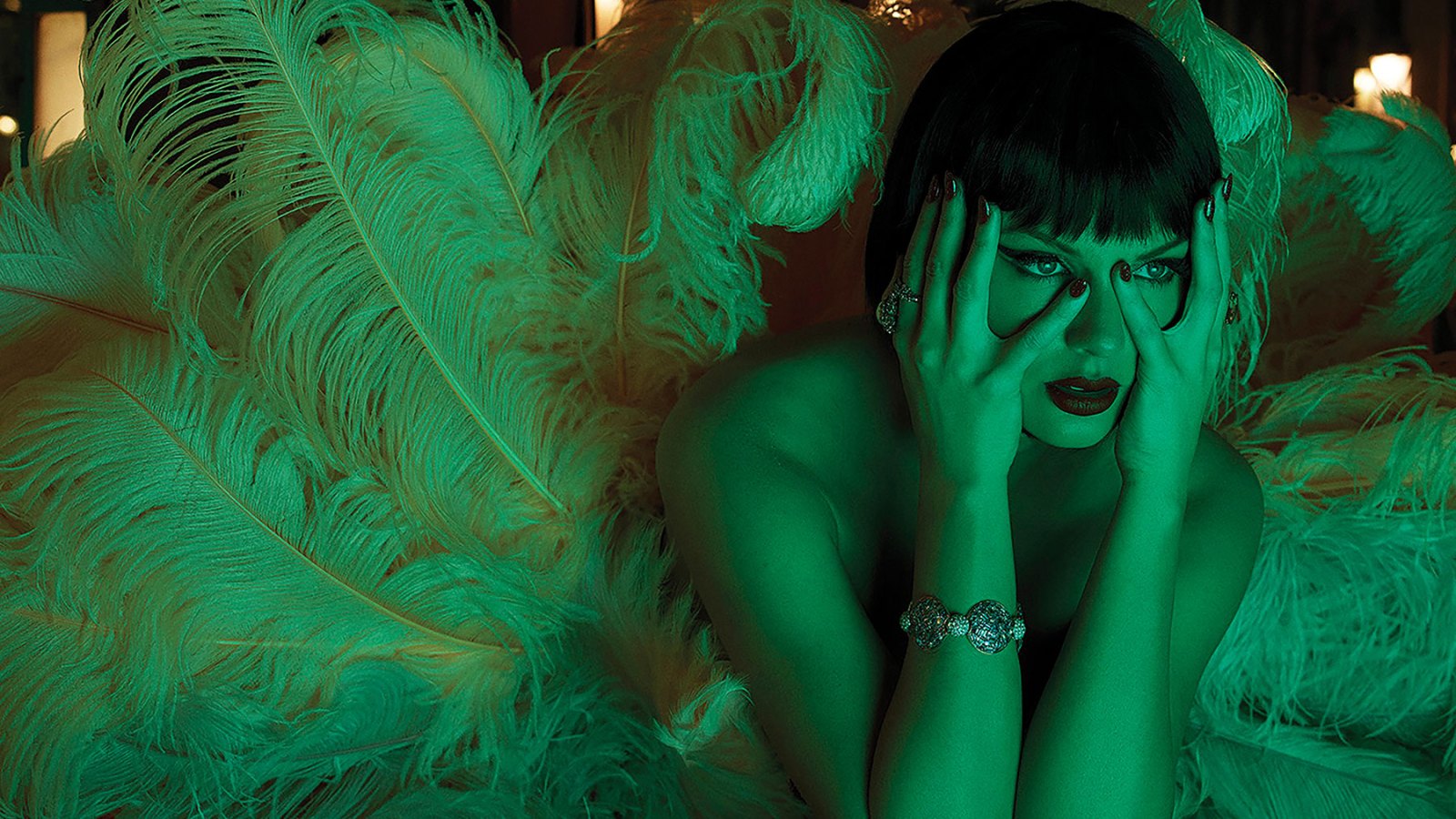Taylor Swift released her 12th album The Life of a Showgirl last week — and before it was even out for a full day, listeners were already pointing out similarities between her new songs and existing tracks by other artists. The comparisons were harmless, at first, but some of them escalated into full-blown accusations of musical plagiarism. Some of the songs in question include the album’s title track, the buzzy diss track “Actually Romantic,” and the Travis Kelce-inspired “Wood.”
“The internet loves to sleuth, doesn’t it,” forensic musicologist and professor at Berklee College of Music Dr. Joe Bennett tells Rolling Stone. “But similarity alone is not evidence of influence, still less copyright infringement. Coincidental partial similarity is way more common than many people think — but songwriters actually copying from each other is way less common than many people think.”
Dr. Bennett points out that popular music is a “constrained art form” where most songs have a “fixed tempo, limited topline pitch range, stay with in the home key, and are based on looping chord progressions,” he explains. “Of course, you’re going to get slight overlaps from time to time.”
Following the rush to point out sonic similarities between Swift’s new songs and some older ones, some people on the internet were quick to call for legal action to defend artists they believed had been ripped off. (A rep for Swift declined to comment.) But Dr. Bennett thinks there is not much of a case there for any of the most popular melody comparisons. Here, he breaks down why.
“The Life of a Showgirl” vs. Jonas Brothers’ “Cool”
For Dr. Bennett, this one is a false flag. Listening closely will make it clear that “most of the notes are different and they use entirely different chord progressions.” What many are likely picking up on is similar keys and tempos used by both artists.
Courtesy of Joe Bennett
“I would describe them as objectively dissimilar, and it’s easily possible that two separate songwriting teams could have arrived at these melodic choices independently of each other,” he says. “Most of the notes are based on the first three pitches of the major scale – literally, do-re-mi. Melodic coincidences happen.”

Courtesy of Joe Bennett
“Actually Romantic” vs. Pixies’ “Where Is My Mind”
“In the case of Actually Romantic, the only similarity is the chord progression (E C#m G# A) and key center (E major),” Dr. Bennett explains. “There are no similarities of topline melody, lyric, or any other part of the composition. But inevitably, songs that use the same chord progression will sound subjectively similar.” The Berklee professor points out that while this particular chord progression — I-vi-III-IV (1 major, 6 minor, 3 major, 4 major) — is not super common, it is also not entirely unique. “As well as Pixies, I found it in songs by Ellie Goulding, Arctic Monkeys, Demi Lovato, and others. Taylor herself loves to re-use common chord progressions, but always makes a fully original song out of them.”

Courtesy of Joe Bennett
“Wood” vs. The Jackson 5’s “I Want You Back”
To Dr. Bennett, this accusation holds up least. “Every funky guitar player knows licks like this,” he says. He adds that there are several popular songs from the peak disco and funk era that bear the same production tropes and musical elements that she and her co-producers Max Martin and Shellback pulled from: Earth, Wind, and Fire’s “September” or “Shining Star,” Michael Jackson’s “Don’t Stop ‘Til You Get Enough,” Bee Gees’ “Jive Talkin,’” and Taste of Honey’s “Boogie Oogie Oogie.”

Courtesy of Joe Bennett
Like the rest of the comparisons, Dr. Bennett does not see any reason for Swift to add interpolation credits to her songs. “She’s just using commonplace musical elements and having fun with production tropes,” he explains. “When Taylor does choose to interpolate another artist’s work, she does so with intentionality and credit. See ‘Look What You Made Me Do’ and ‘Father Figure.’”



